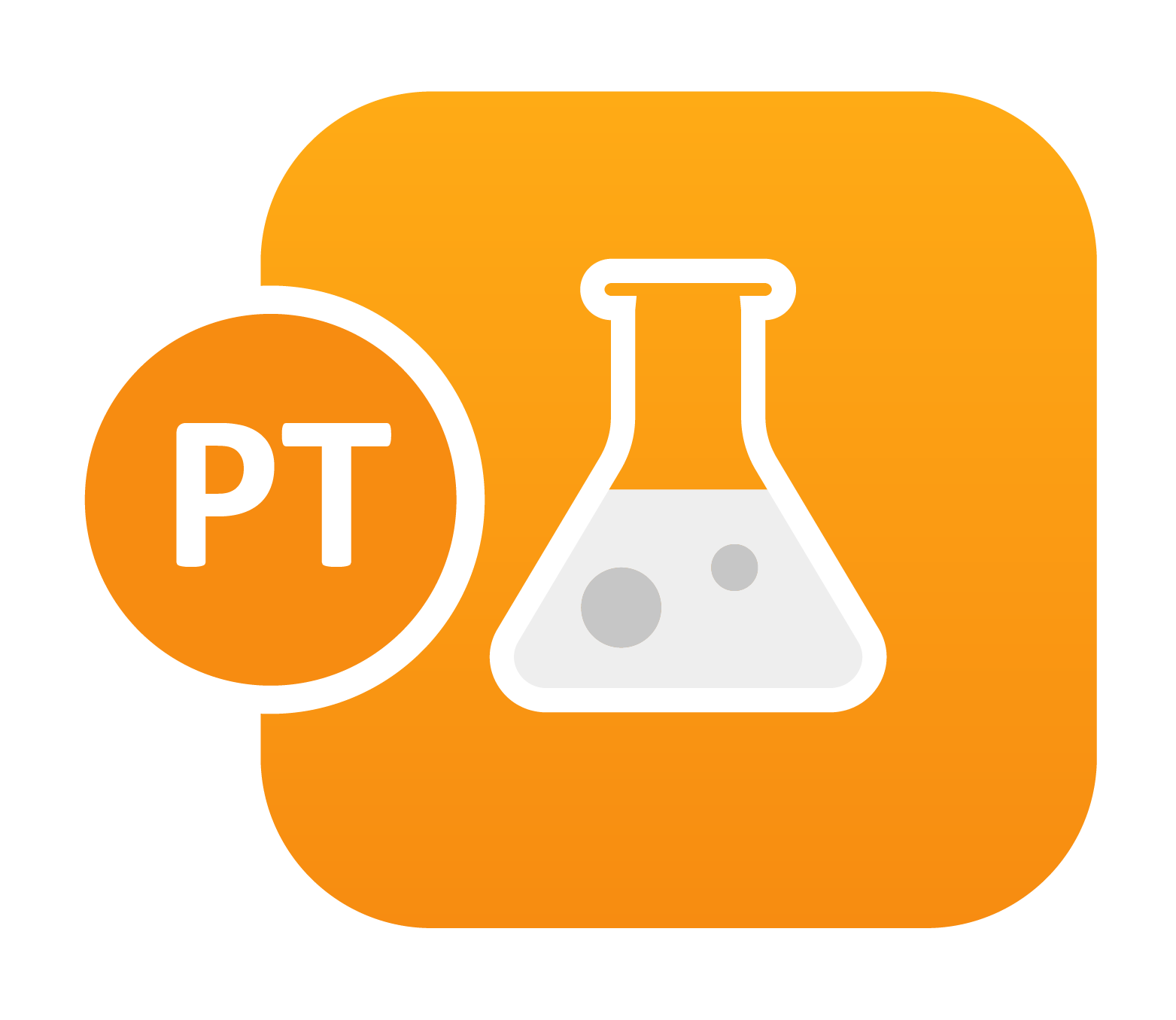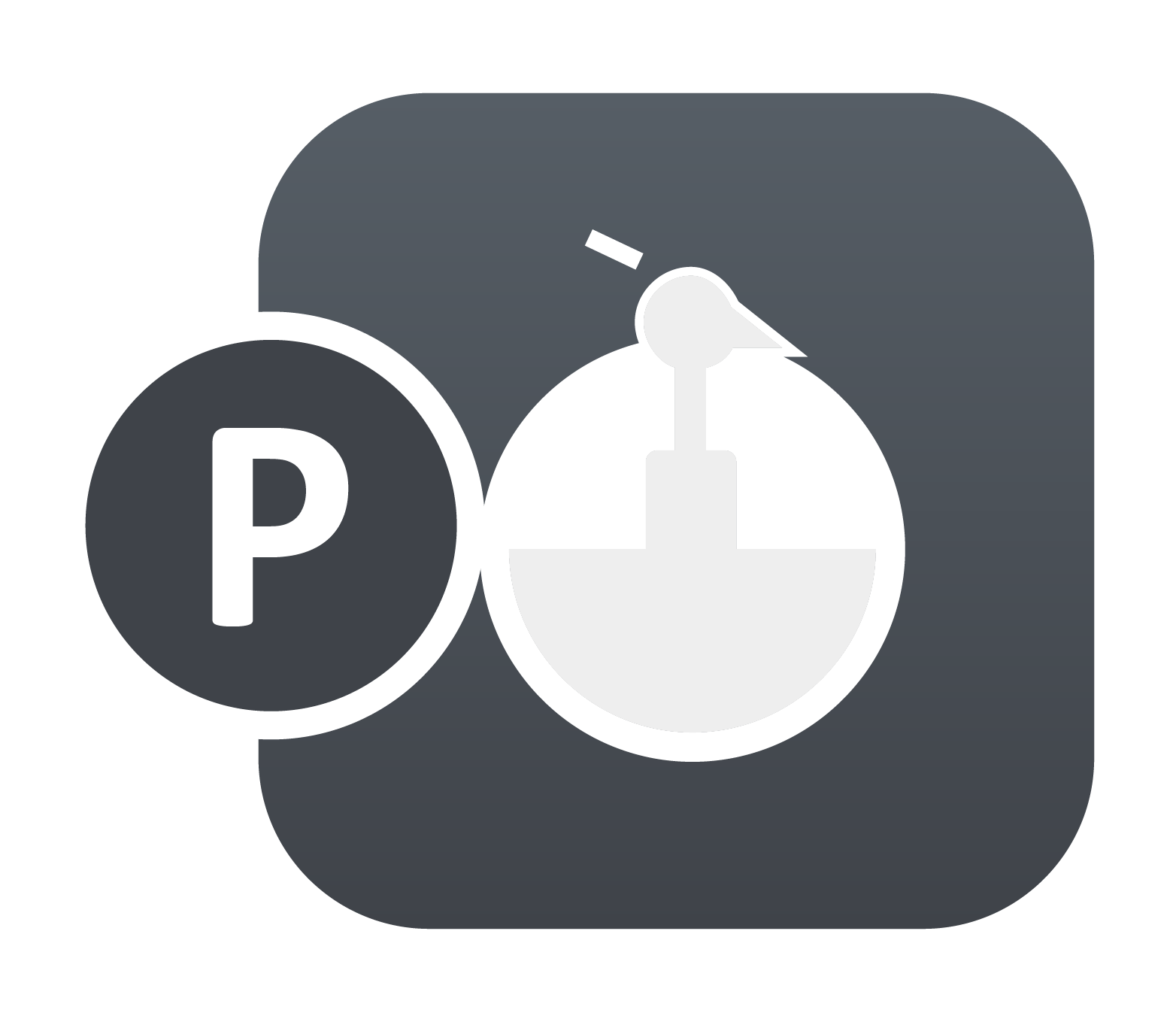Deformability Switching in LS-DYNA
Among several simple yet powerful techniques available in LS-DYNA, switching of bodies that affects their deformability (at run time) is certainly one of them. Switching of bodies with negligible internal strains to a rigidbody at user’s specification can be useful to eliminate the calculation of element-centered variables such as stresses, which in many applications could…













